My First Dream Synth (well... the original SC Pro-One)!
The Behringer Pro-1 is a faithful recreation of the legendary Sequential Circuits Pro-One synthesizer, beloved by musicians and producers for its iconic sound and versatile features. As a fan of vintage synthesizers, I was eager to explore what the Pro-1 had to offer, and it exceeded my expectations in many ways.
First and foremost, the build quality of the Pro-1 is exceptional. Behringer has done an excellent job of capturing the look and feel of the original Pro-One, with its sleek design and sturdy construction. The layout is intuitive and user-friendly, making it easy to dive in and start creating sounds right out of the box.
Sound-wise, the Pro-1 delivers the classic analog warmth and character that made the original Pro-One famous. The authentic VCOs (Voltage-Controlled Oscillators) and filters faithfully reproduce the distinctive sound of the original instrument, with rich basses, searing leads, and everything in between. The inclusion of additional features like oscillator sync and filter FM further expands its sonic palette, allowing for a wide range of sounds and textures.
One of the standout features of the Pro-1 is its extensive modulation capabilities. With two envelopes and an LFO (Low-Frequency Oscillator), as well as a versatile modulation matrix, I've been able to create complex and evolving sounds with ease. The inclusion of a sequencer and arpeggiator adds even more creative possibilities, allowing for intricate patterns and rhythms.
Another highlight of the Pro-1 is its connectivity options. In addition to standard MIDI connectivity, it also features CV/Gate inputs and outputs, making it easy to integrate into a modular setup or control external gear. The inclusion of USB connectivity further enhances its versatility, allowing for easy integration with modern studio setups.
Overall, the Behringer Pro-1 is a fantastic synthesizer that pays homage to a classic instrument while also offering modern features and enhancements. Whether you're a seasoned synthesist or a newcomer to the world of analog synthesis, the Pro-1 is sure to inspire creativity and exploration.
(Pro) 1 problem - getting it in tune is more difficult than catching an Unicorn... Nothin' is Perrrfect! ;)
Conclusion: BUY IT!


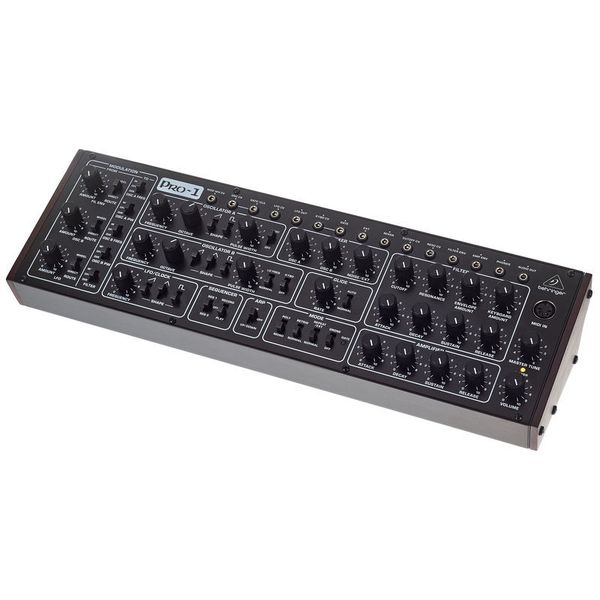
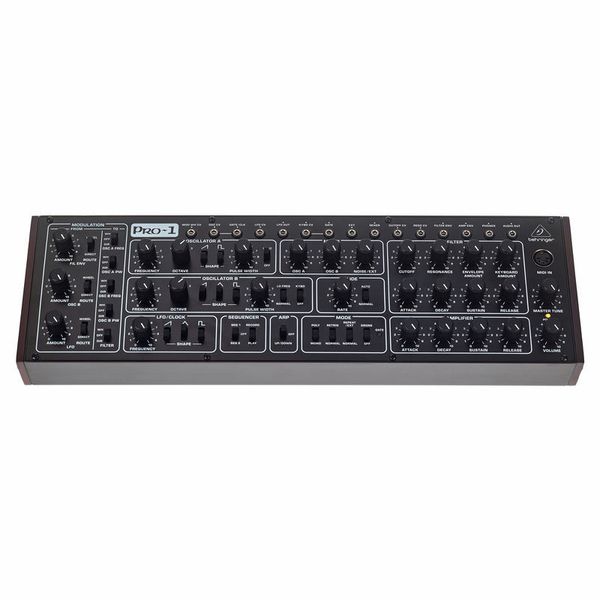
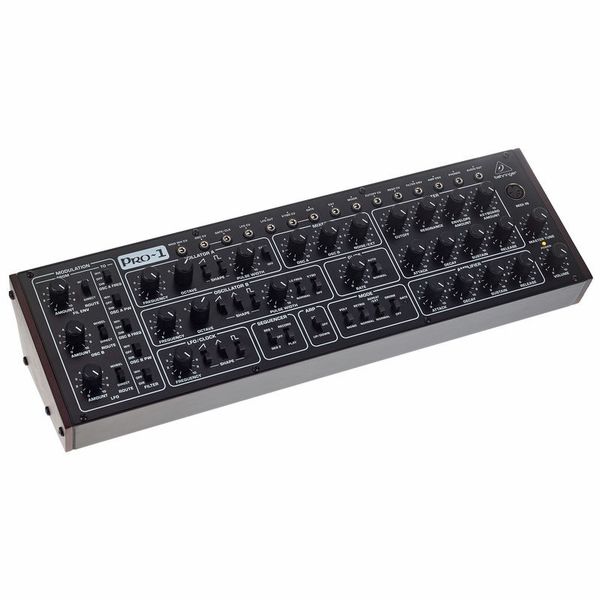
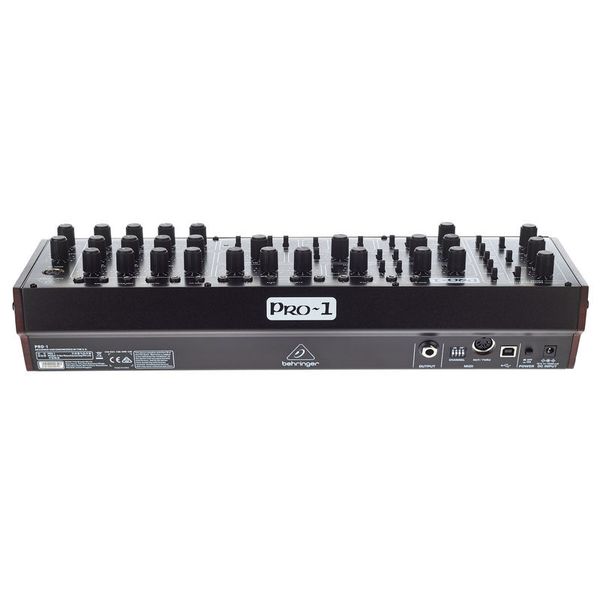
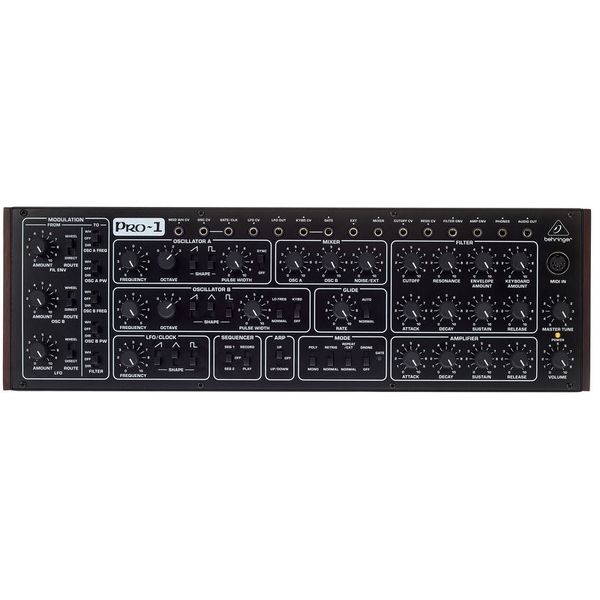
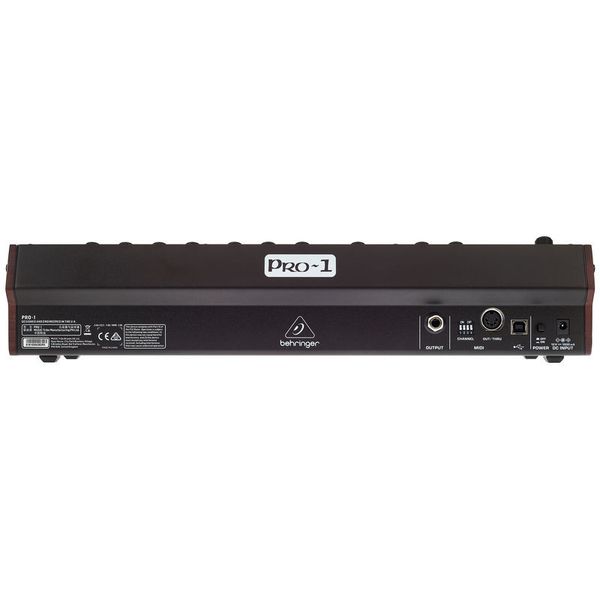
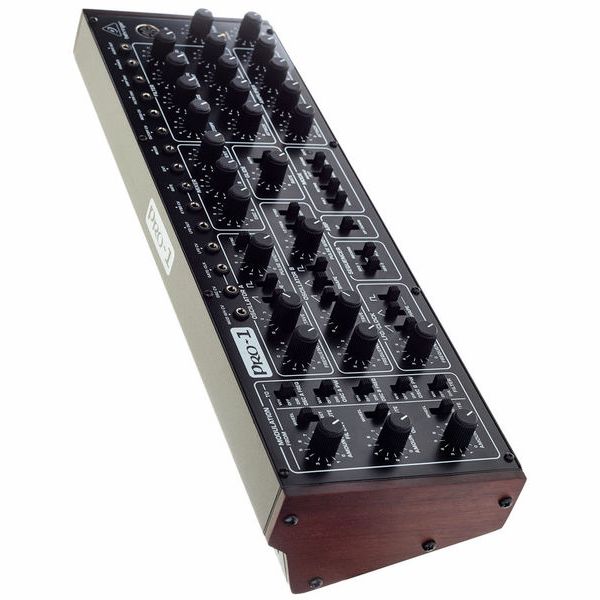
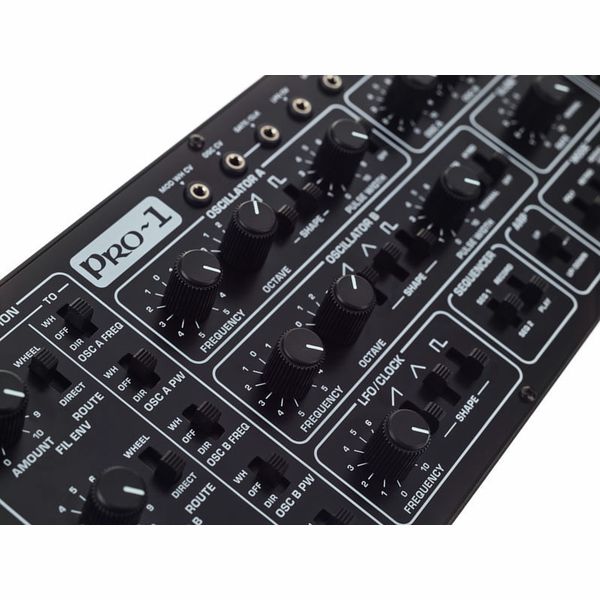
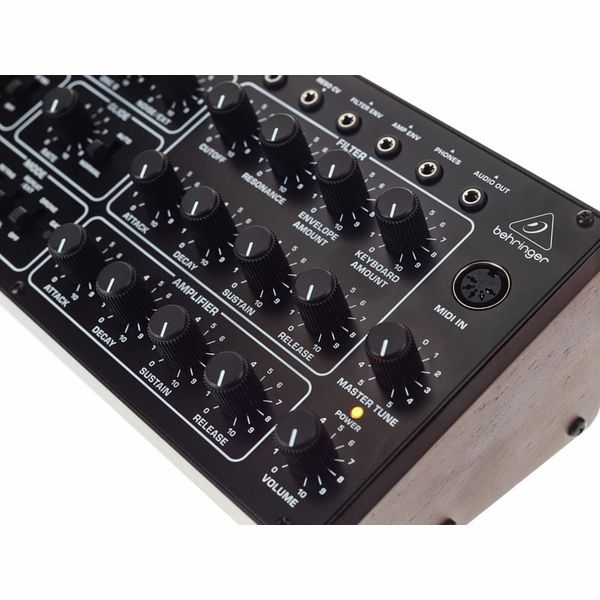
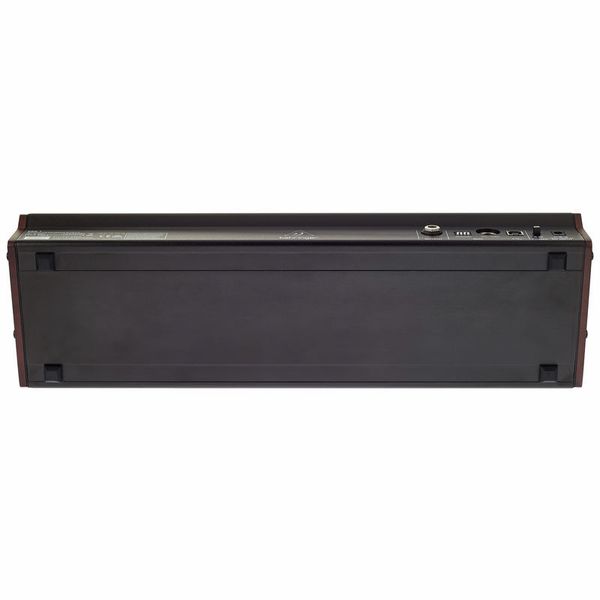
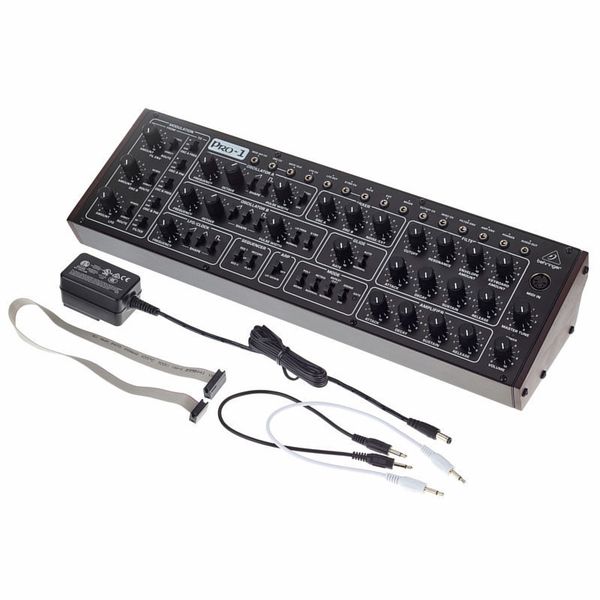












)
)
)
